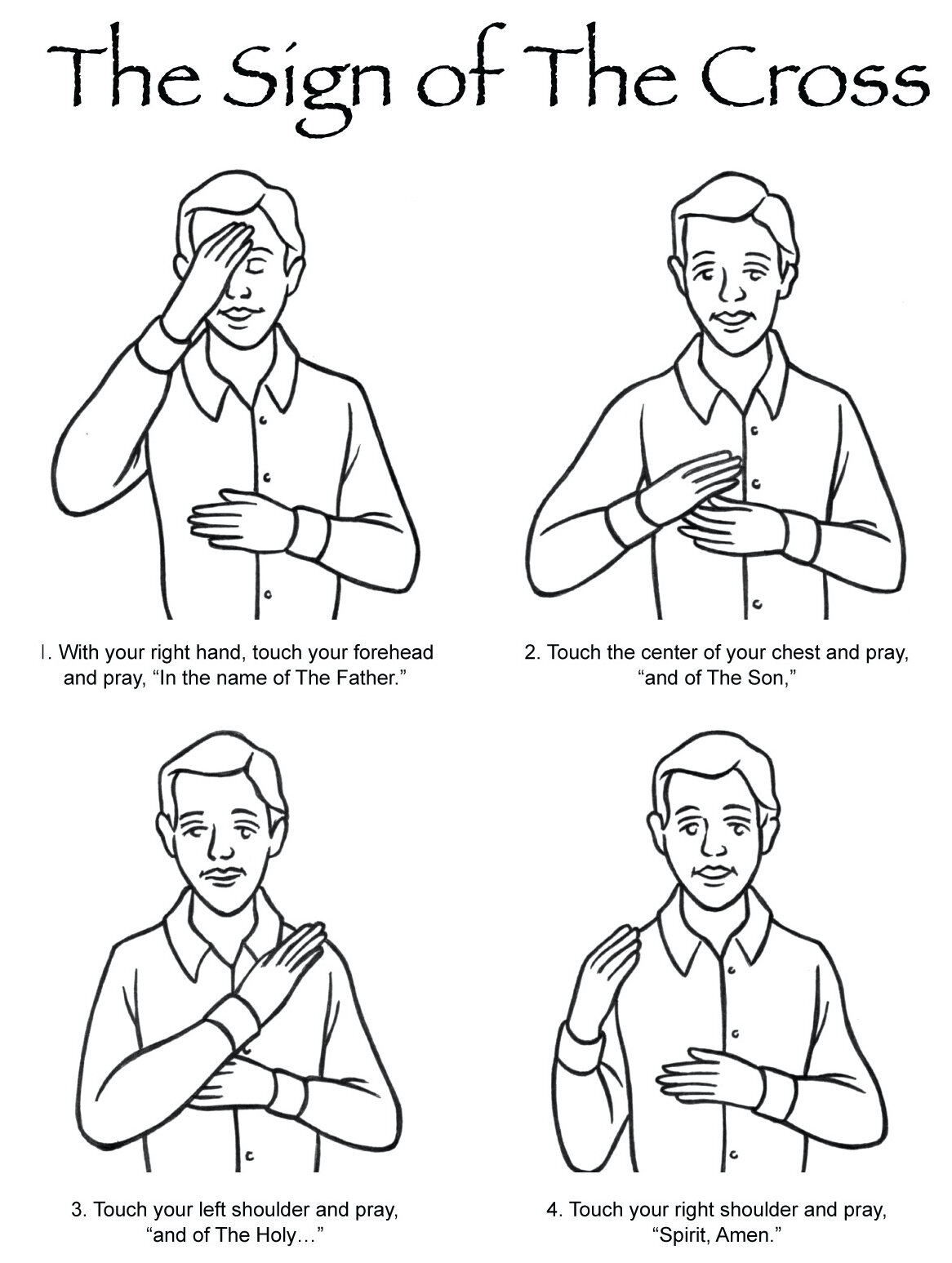What Is Keeping You from Being Content?
Contentment is one of the greatest challenges in life. In a world that constantly tells us we need more—more money, more success, more possessions—it’s easy to feel like we’re always lacking something. But Scripture teaches us that true contentment is not found in what we have but in who we trust.
Paul, writing from prison, declared:
“I have learned in whatever situation I am to be content. I know how to be brought low, and I know how to abound. In any and every circumstance, I have learned the secret of facing plenty and hunger, abundance and need. I can do all things through him who strengthens me." (Philippians 4:11-13)
So, what is keeping you from being content?
Comparison – When we constantly compare our lives to others, we lose sight of the blessings God has already given us. “But if we have food and clothing, with these we will be content." (1 Timothy 6:8)
Fear and Worry – Anxiety about the future can rob us of joy today. But Jesus reminds us, “Do not be anxious about your life... your heavenly Father knows that you need them all." (Matthew 6:25-32)
Lack of Trust in God’s Provision – We sometimes struggle to believe that God will provide for our needs. Yet Hebrews 13:5 tells us, “Keep your life free from love of money, and be content with what you have, for he has said, ‘I will never leave you nor forsake you.’"
Discomfort - Our natural reaction is to allow our contentment and joy to be dictated by our external circumstances. The voice in our head sounds something like this, “if I didn’t have this struggle then I could be happy.” The lie we believe is that the challenge is keeping us from the joy Christ wants to give us. But the truth is just the opposite. Christ wants us to experience His peace exactly in the struggles.
Possessions - We fall into the trap of thinking that if we could just have that house, or live in that location, or get those new shoes, then we would be happy and content. What are you believing is the possession that will finally bring you contentment in life?
Contentment is not about settling for less; it’s about trusting that in Christ, we already have everything we need. True peace comes when we rest in the sufficiency of Christ, knowing that He is our greatest treasure.
What is keeping you from being content today?
Let go of the things that steal your joy and rest in the unshakable promises of God in Christ Jesus.
In Christ,
Pr. Matthew+








